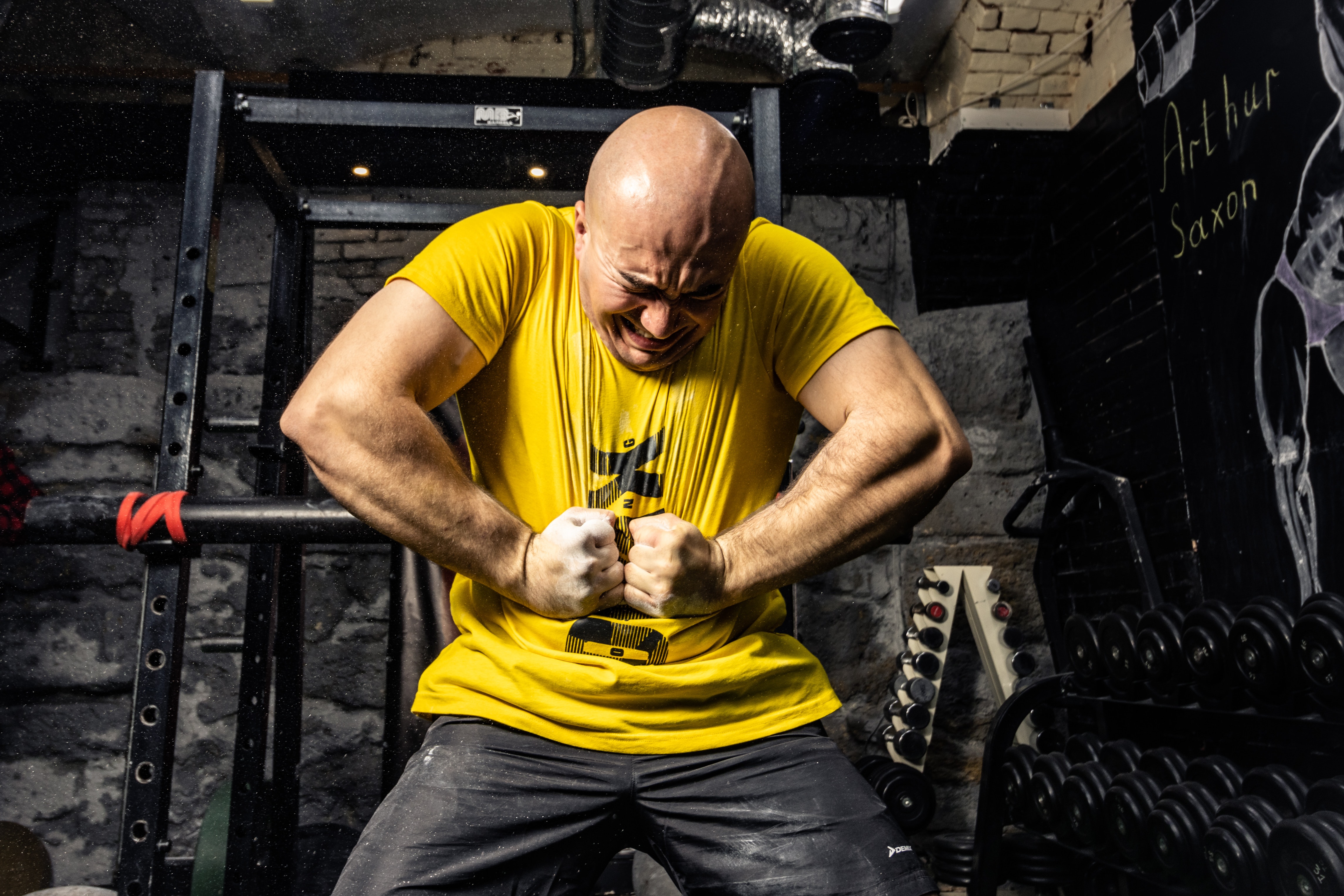
If you are a gym-goer, you work on building muscles by lifting weights, but at the same time, there arises the possibility of developing muscle imbalances.
You should be careful not to develop muscle imbalance, and if you have developed it, you should work to correct the imbalance because it can lead to an injury.
You can avoid developing muscle imbalances by performing unilateral lifts while at the gym.
Remember that unilateral training for muscle imbalance can also lead to stronger bilateral lifts, reduced injury risk, and better muscle development.
Here, we recommend four unilateral exercises to correct muscle imbalances. In addition, these exercises for muscle imbalance correction will help you attain your fat loss goals.
Performing the Suitcase Carry exercise in the fitness studio can help to strengthen the grip imbalances between hands.
During a workout, grip imbalances can limit your performance while lifting a weight heavy from the floor or performing any unilateral or bilateral rowing variation.
The Suitcase Carry exercise can train the muscles of the forearms, shoulders, upper back, and glutes.
The exercise helps you strengthen your grip between sides and improve the stability of your shoulders.
The Front-Rack-Elevated Split Squat exercise is the best for correcting the dominant hamstring.
When you perform the exercise in the fitness centre, you will see your posture, upper back strength, and endurance improving due to the front-rack position of the kettlebells. In addition, the exercise can help you improve your hip mobility and leg drive for bilateral squats and deadlifts.
The exercise can train the muscles of quads, glutes, adductors, forearms, biceps, and upper back. And it also helps in improving the core and upper back strength.
The exercise can help correct the imbalance arising from hamstrings weaker than quads. Performing the Single-leg Hip Extension Hamstring Curl exercise can help to strengthen hamstrings as hip extensors and knee flexors. As a result, the stability of your hamstrings will improve, and you can work harder without weight.
The exercise can help train the muscles of glutes, hamstrings, and calves.
When people perform this exercise in health clubs, they can strengthen their hamstrings as a hip extender, knee flexor, and hamstring to quad strength ratio apart from preventing their hamstrings from strains.
This exercise involves the predominance of a single-arm landmine press, typically a mix between a vertical and horizontal movement. However, most of the existing unilateral pressing variation will work.
The Single-Arm Landmine Press exercise can be an excellent option for people finding shoulder mobility for overhead pressing difficult. Also, the exercise works for strengthening pressing imbalances between sides.
The exercise trains muscles of the anterior shoulder, chest, and triceps. And at the same time, it will help strengthen pressing imbalances, build muscles, and reduce mobility restrictions.
Before you perform exercises for correcting muscle imbalance, you should test for it. And one of the proven methods of testing for the imbalance is performing the so-called push/pull strength imbalance technique.
In this test, any unilateral dumbbell variation will work– for example, dumbbell shoulder press or floor press.
The first step in conducting the test is to warm up yourself. After that, work up to your 5RM on the cable row. Then, alternate your arms, and raise the weight 2.5 to 5 kgs at a time per side.
You should stop when you can no longer lift the weight for five reps on either side. It will make you realise whether or not you have a strength imbalance between your left and right sides.
Therefore, you should check if you have any muscle imbalance. And, if you have, you should not worry. Instead, execute the four impactful exercises outlined in this article to correct the imbalance.